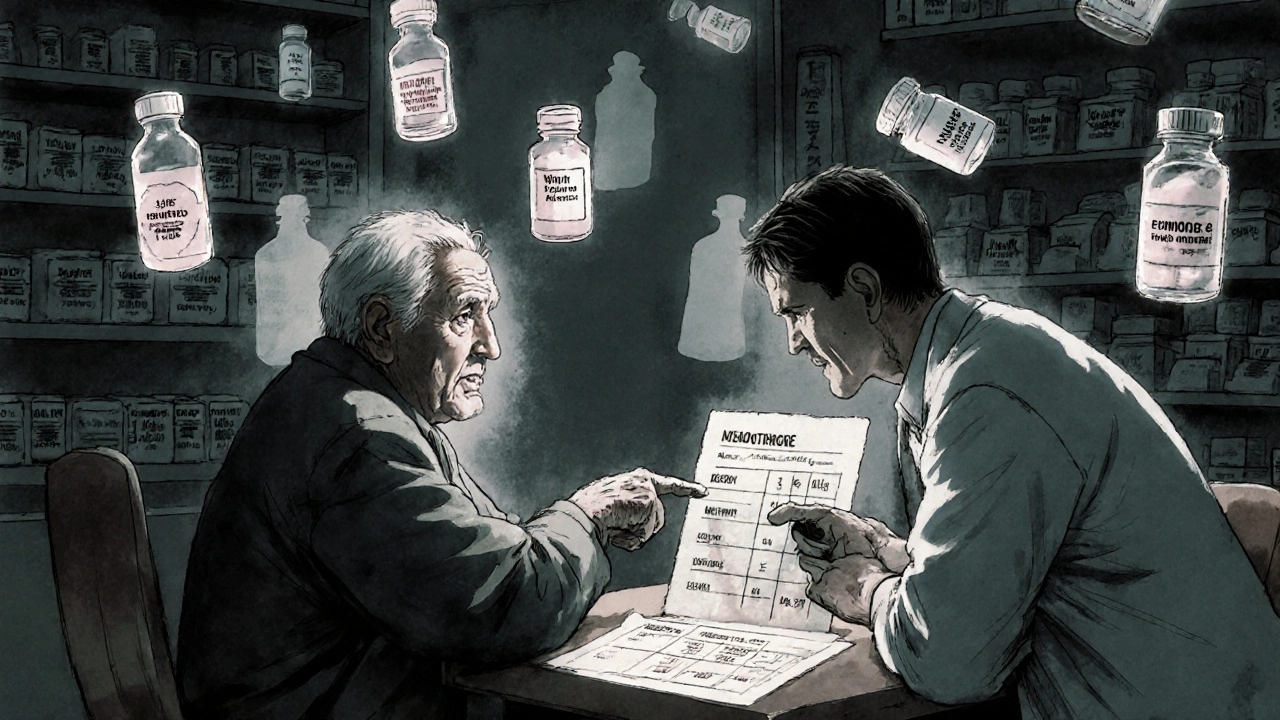Pharmacists play a vital role in Medication Therapy Management by optimizing generic drug use to improve adherence, reduce costs, and prevent adverse events. Learn how MTM works and why it matters for patient outcomes.
Pharmacist Role: What They Do, Why It Matters, and How They Keep You Safe
When you pick up a prescription, the pharmacist role, a critical link between your doctor’s prescription and your actual health outcome. Also known as medication expert, it goes far beyond counting pills. Pharmacists are trained to spot dangerous drug interactions, catch dosing errors, and guide you on what to expect—before you even leave the counter. This isn’t just paperwork. It’s your safety net.
Think about the drug interactions, when two or more medications react in harmful ways inside your body. Also known as medication conflicts, they’re behind many hospital visits. A pharmacist checks every new script against your full list—whether it’s your blood pressure pill, your painkiller, or that OTC cold medicine you grabbed without thinking. They know that methadone can mess with your heart rhythm, that lopinavir/ritonavir can turn common drugs toxic, and that ranitidine might cause constipation you didn’t expect. These aren’t hypotheticals. They’re daily decisions made by pharmacists to keep you alive. And it’s not just about pills. They help you understand how to use a dosing syringe for your kid’s medicine, why authorized generics are just as safe as brand names, and when an OTC switch actually puts you at risk.
The prescription management, the system that ensures your meds are filled correctly, transferred safely, and labeled accurately. Also known as medication tracking, it’s what stops you from getting the wrong dose of a controlled substance or a label that doesn’t match your name. With DEA and FDA rules changing every year, pharmacists are the ones keeping up—not just with the law, but with what’s best for you. They handle transfers between pharmacies, verify insurance coverage for generics, and even push back when a prescription looks off. They don’t just dispense. They advocate. And when something goes wrong? They’re the ones who know how to file a report with FDA MedWatch so others don’t get hurt too.
Behind every medication you take, there’s a pharmacist who checked it three times. They’re the reason you can trust that your azilsartan won’t clash with your diabetes meds, that your Cialis Daily dose won’t conflict with your heart condition, and that your glaucoma drops won’t cause more harm than good. This isn’t a behind-the-scenes job. It’s frontline health care. And if you’ve ever wondered why your pharmacist asked so many questions—now you know. They’re not being nosy. They’re protecting you.
Below, you’ll find real-world examples of how pharmacists keep people safe—from spotting QT prolongation risks to fixing dosing errors in kids’ medicine. These aren’t theory pieces. They’re stories of what happens when the pharmacist role is done right.

